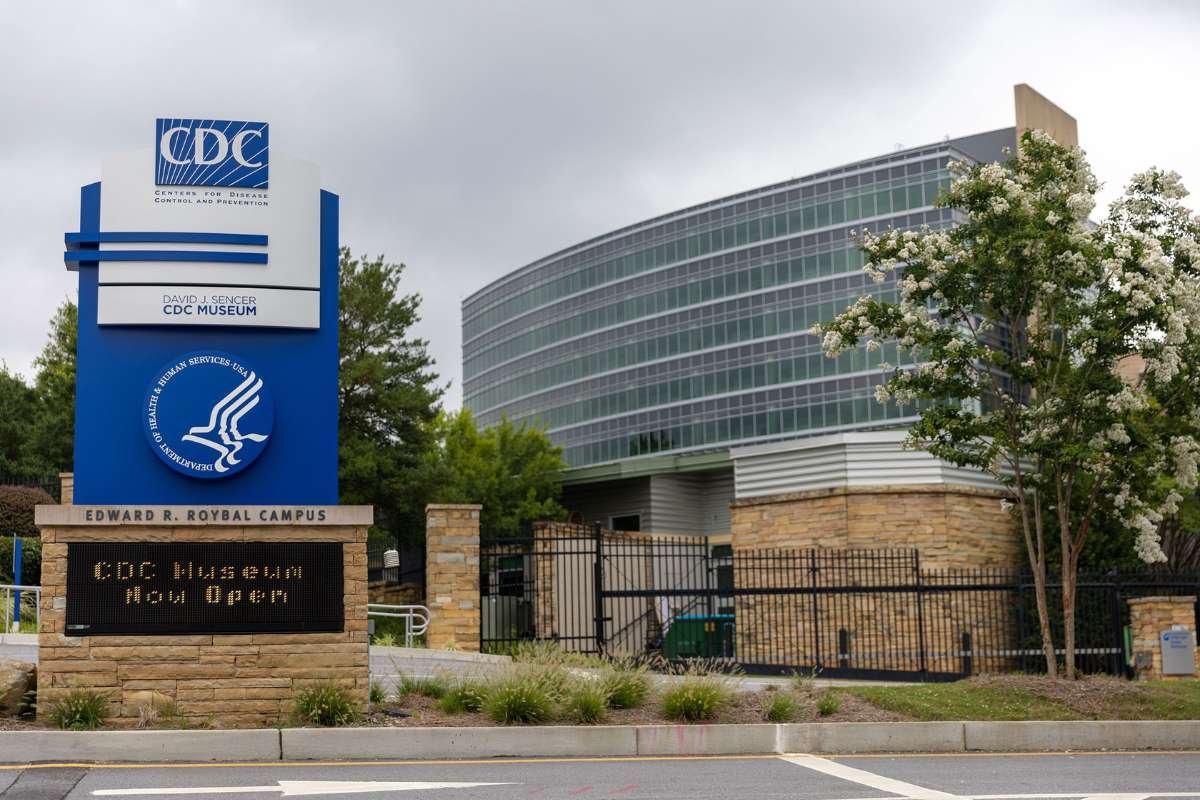Source-Newsmedical.net
Scientists at the University of Texas Medical Branch (UTMB) have identified the H5N1 highly pathogenic avian influenza virus (HPAIV) in cattle and milk samples from two dairy farms in Texas. This alarming discovery was made during a study aimed at investigating novel respiratory viruses in livestock. The study, now available on the medRxiv preprint server, underscores the urgency of developing effective interventions to prevent the spillover of H5N1, which has already caused widespread deaths among wild birds and poultry globally. The virus, particularly the H5N1 HA clade 2.3.3.4b, has recently been detected in various animal species, sparking concerns over its spread and the potential risk it poses to human health.
The U.S. Department of Agriculture has reported H5N1 infections in 172 cattle farms across 13 states. This worrying trend includes cases among farm workers, with four dairy farm and nine poultry farm employees suspected of being infected. In response to these developments, the UTMB study focused on two Texas dairy farms where H5N1 had been detected, aiming to explore the presence of respiratory viruses and assess the potential risks.
Study Design and Findings
The research team collected samples from 17 farm workers, 39 cattle, and 14 milk samples from the two Texas dairy farms. Among the farm workers, five reported respiratory illnesses, though none tested positive for influenza A viruses or coronaviruses. However, the study did find H5N1 HPAIV in nine out of 14 milk samples and one nasal swab from a sick cow. Interestingly, one of the cattle nasal swabs also tested positive for SARS-CoV-2, although none of the bioaerosol samples from the farms contained influenza A or coronaviruses.
Further analysis of the H5N1-positive milk samples using Sanger and next-generation sequencing revealed that the viruses closely matched other recent Texas strains of clade 2.3.4.4b. The study also identified mutations in the viral genomes associated with increased virulence, host specificity shifts, and drug resistance, raising concerns about the virus’s potential impact on both animal and human health.
Implications and Call for Action
The study’s findings indicate that H5N1 HPAIV infections may be more widespread than previously reported, especially among cattle, which can shed the virus in milk for extended periods even after clearing it from their nasal tissues. The detection of neutralizing antibodies against H5N1 in two of the farm workers suggests that some infections may go undetected during the acute phase, pointing to a potential underreporting of HPAIV cases among those working closely with livestock.
This underreporting poses significant risks, as undiagnosed cases could lead to larger outbreaks, extending beyond farm worker communities. The study emphasizes the need for more comprehensive surveillance and epidemiological data to inform future interventions, including the possibility of vaccinating farm workers against HPAIV. As noted by Gregory Gray, a specialist in infectious diseases, the collaboration between government agencies and the livestock industry is crucial to address these risks effectively and prevent the spread of this dangerous virus. Without such efforts, the U.S. could face a hidden threat from H5N1, with potentially severe consequences for both public health and the agricultural sector.








